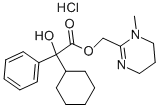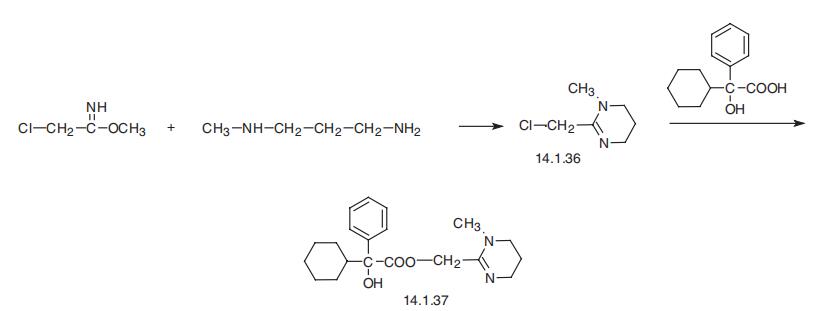
OXYPHENCYCLIMINE
- Product NameOXYPHENCYCLIMINE
- CAS125-52-0
- MFC20H28N2O3.ClH
- MW380.91
- EINECS204-742-8
- MOL File125-52-0.mol
Safety Information
| Hazard Codes | Xn |
| Risk Statements | 20/21/22 |
| Safety Statements | 36 |
| WGK Germany | 3 |
| RTECS | GV3030000 |
| Toxicity | LD50 oral in rat: 1370mg/kg |



